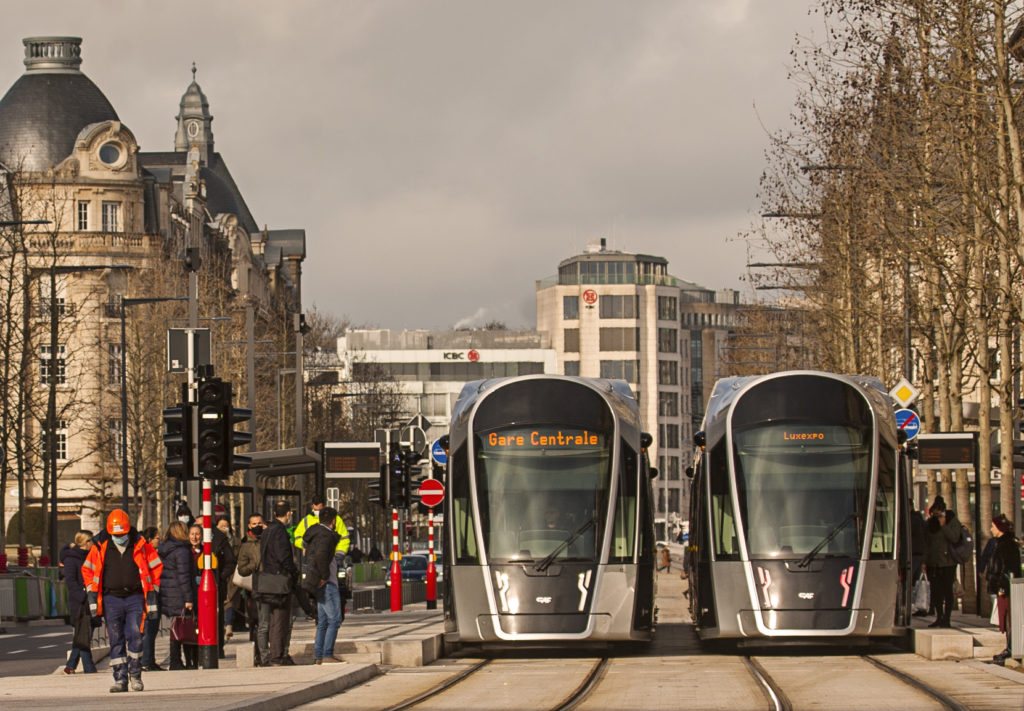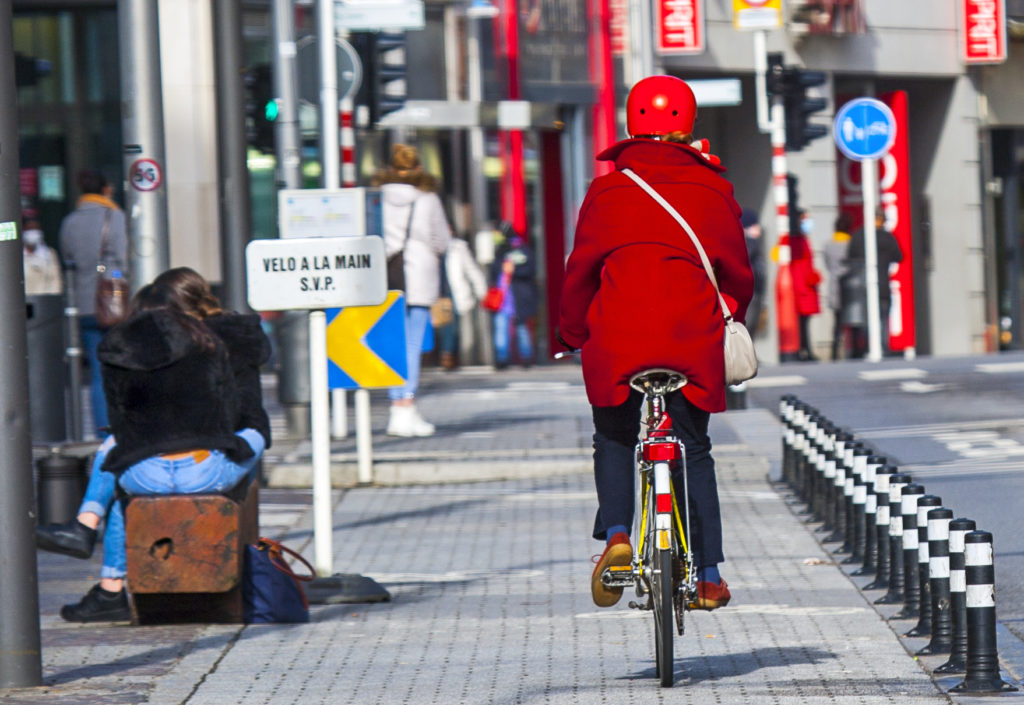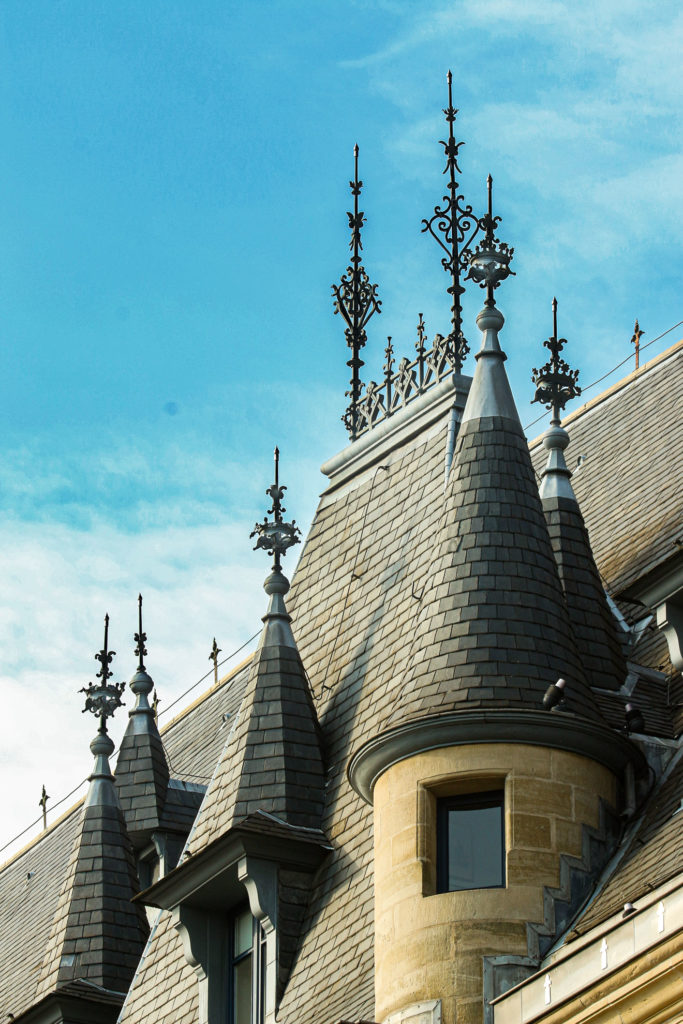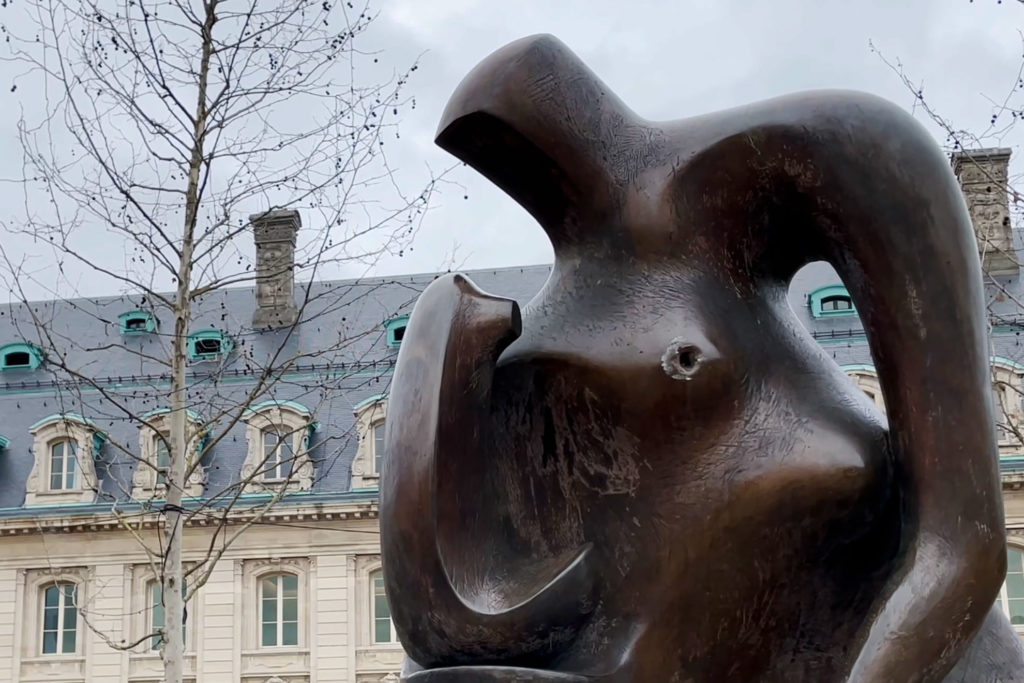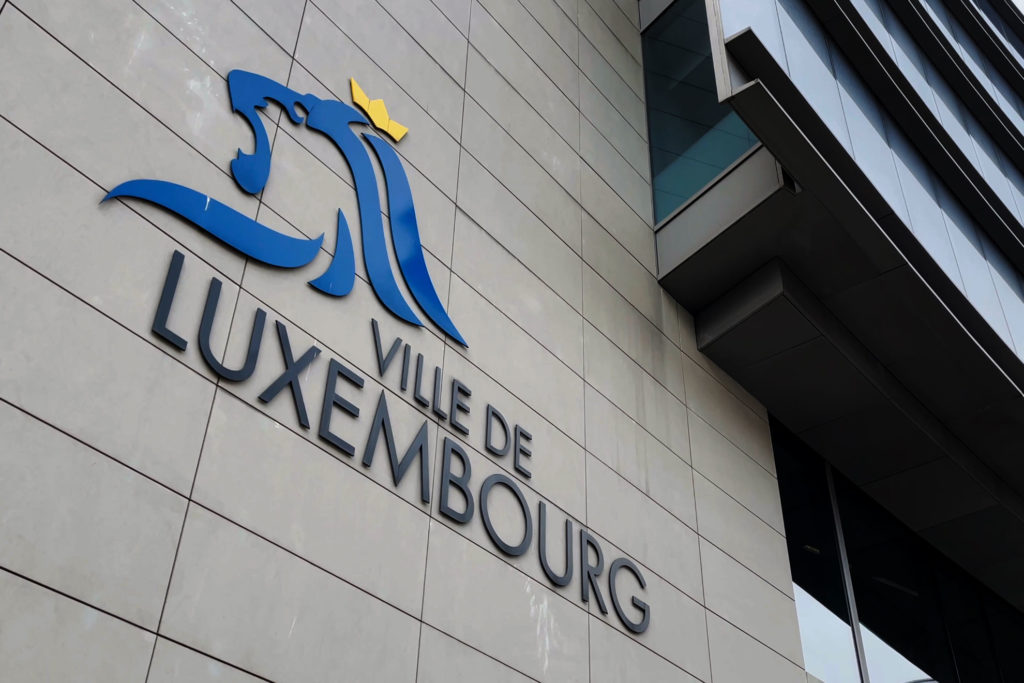The Gare Centrale of Luxembourg
The interconnection district
«Photography is an intimate way of living and looking at the world, of giving meaning and dignity to the things and people that inhabit this planet», this lapidary statement that I found in a photography portal years ago somehow outlined what today defines me.

This somewhat psychotic obsession with being able to tell stories through images led me together with my brother to start the most ambitious project we have ever thought of: “Luxembourg through our lens”.
The idea of documenting a small country and being able to build a document that became our goal until we finally achieved it, this first article, together with a set of audiovisual documentary capsules that we will show over the next few months, are the foundation stone of a vision, of a commitment to our way of seeing the world.
In the place of events

Already in the middle of the Gare, with our hands and ears almost frozen, the shutters began to work recording in detail a typical day in one of the smallest and most densely populated districts in the country.
Between clicks our day passed, in the most cheerful and bustling neighborhood of the country that is home to about 11,000 inhabitants, most of them foreigners, definitely one of the most international sectors of the country.
The important concentration of shops and the large influx of people, facilitated the work of photographically recording the environment of the Grand Duchy, definitely this is where the international character of the last sovereign monarchy of Europe is evident.
When cities or towns are photographed, it is essential to capture fragments of the soul, the spaces either have a human presence or do not have a spirit and the job of a good photographer is to discover it and transform it into an image.
We photographers are a kind of scene hunters, researchers who become intimate with their environment by showing it from a subjective perspective, which transforms us into eyewitnesses who get involved in the scene from a distance to later show it in a unique and particular way.
The search of the photographer is to seek snapshots in which the viewer manages to experience the image, it is about seeking visual trips in which the photographic moment is lived, in some way the traveling photographer is always accompanied by the viewer, since he gives the image the final approval, the communicational circle is not closed until the photo reaches the public.

With «Luxembourg through our lens» we seek to promote the passion for travel through photography and video, we seek to inspire many to decide to explore the beauty and diversity of the world, being inspired by our experience.
The search is to tell visual stories about people, urban landscapes, culture and traditions, that is to say, we seek in some way to worship man and his work using the image as a means of integration between man and his environment.
«Luxembourg through our lens» is the beginning of a plan to connect people emotionally with places, ensuring that whoever watches our documentaries is able to travel through our lens.
Diversity is the word that best defines La Gare
as many call it, a dating site, the portal for Western Europe.
We started our project: «Luxembourg through our lens» at the Gare de Luxembourg, the interconnection district as we decided to call it, because we discovered that this is the main entry point for those that are interested in documenting the history this country and decided to visit the Grand Duchy of Luxembourg.
If we want to talk about history, we find the main railway station of the city of Luxembourg, operated by the state railway company Société Nationale des Chemins de Fer Luxembourgeois, established in 1856 in order to connect the ports of the North Sea, the Alps and the Mediterranean.
This small architectural gem that today is the result of a long history of restorations and adaptations that concentrates more than 170 nationalities daily.
In its immediate surroundings we find the Rotonde, two circular buildings, which, like the Gare Centrale, were established in the 19th century and subject to different plans of use until finally becoming one of the main cultural centers of the country .
Despite being one of the smallest districts in the country, it is among the most densely populated, its significant concentration of businesses added to its aforementioned multiculturalism, make the atmosphere that is breathed substantially more cheerful and therefore boisterous compared to the rest of the country.
In the immediate vicinity of the Gare Centrale, residents and visitors can find supermarkets, clothing stores, cafes, restaurants and a whole host of offers, many of them operating in pleasant buildings that also date back to the 19th century.
This district has the sector of the Petrusse, a valley that lies in the lower part, famous for being an ideal place of recreation for outdoor activities, furrowed by a thin watercourse, the La Petrusse park, offers the visitor walks surrounded by lush vegetation allowing the visitor to feel in a kind of natural oasis.
Similarly, the district of La Gare, has an important residential area that is home to about 11,000 inhabitants, of which it is estimated that more than 80% are foreigners, it is one of the most international sectors of the country.
It is here where the international character of this unique European monarchy is evident, a country internationally known for its finances and for its very high quality of life.
Work team
- Direction:
- Video and editing:
- Photography and writing:
- French translation:
- Translation to English:
- Consultant:
- Collaborators:
- Brothers Passariello.
- Clemente Passariello.
- Fabian Passariello.
- Antoine Lemaire.
- Raul Zambrano.
- Tom Mahnen.
- Daniel Cáceres.
- Luis De San Martín.
- Nelson Reinoso.

Le Luxembourg au travers de notre objectif by Clemente Passariello is licensed under a Creative Commons Reconocimiento-NoComercial-SinObraDerivada 4.0 Internacional License.
Creado a partir de la obra en https://www.clempass.com.
